[Last updated 3/22/24 3:40 p.m. PT—Editor's note added below regarding the extension of operations of Diablo Canyon nuclear power plant, which is now slated to stay open through the year 2030 instead of closing in 2024.]
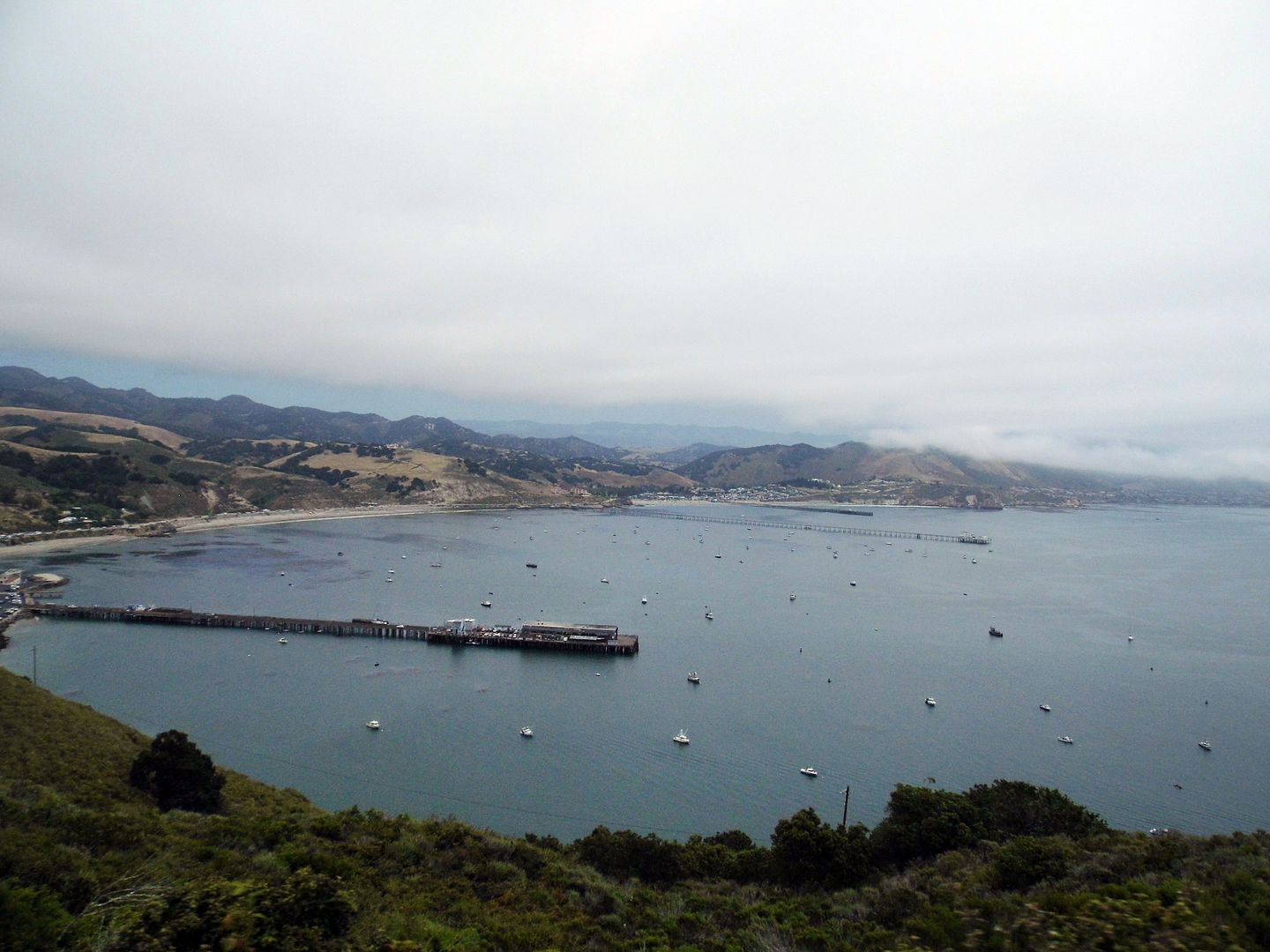
The only problem? It's not so easy to get to—and access is restricted by Pacific Gas and Electric, whose Diablo Canyon nuclear power plant is just up the coastline.
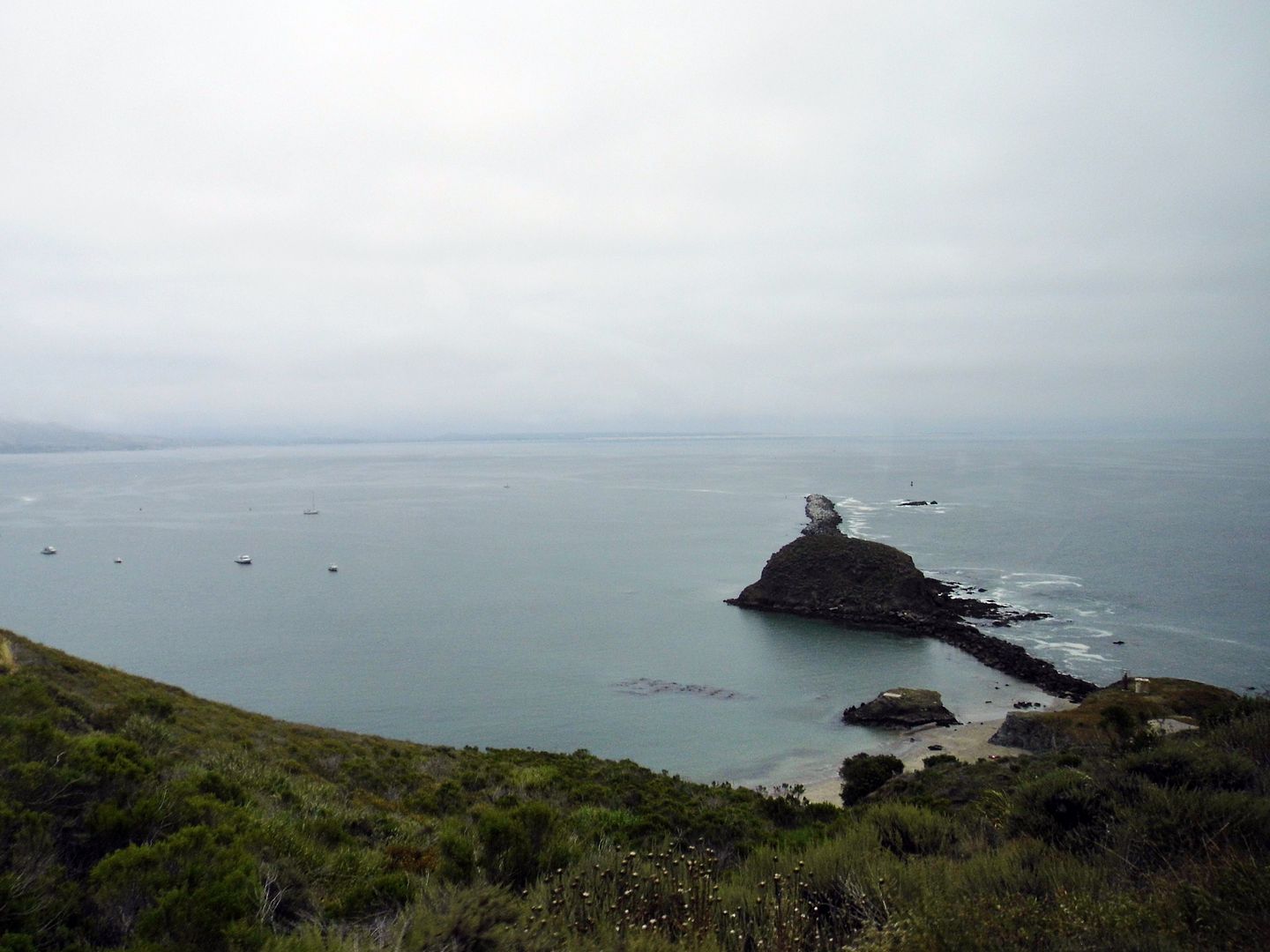
You can't drive yourself there—a bus picks you up in Wild Cherry Canyon and shuttles you up a winding, narrow road that looms over the old Port San Luis Pier and Whalers Island.

The view alone is worth the journey up to the point—but then you get that 1890 lighthouse in view.
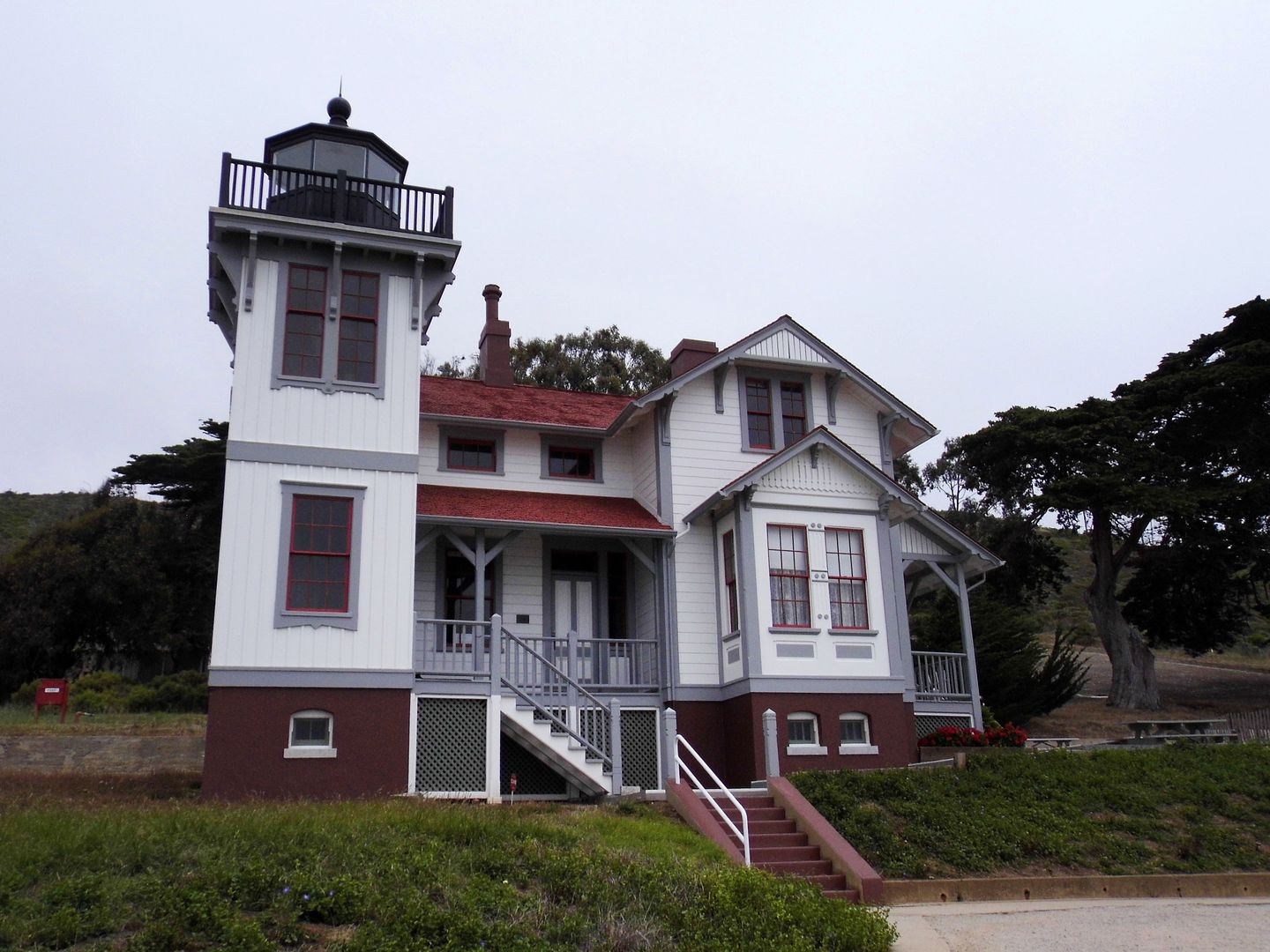
Located on a 30-acre parcel, the Prairie-Victorian-style head keeper's structure is the last of its kind on the West Coast—though the Coast Guard officially decommissioned it in 1974.
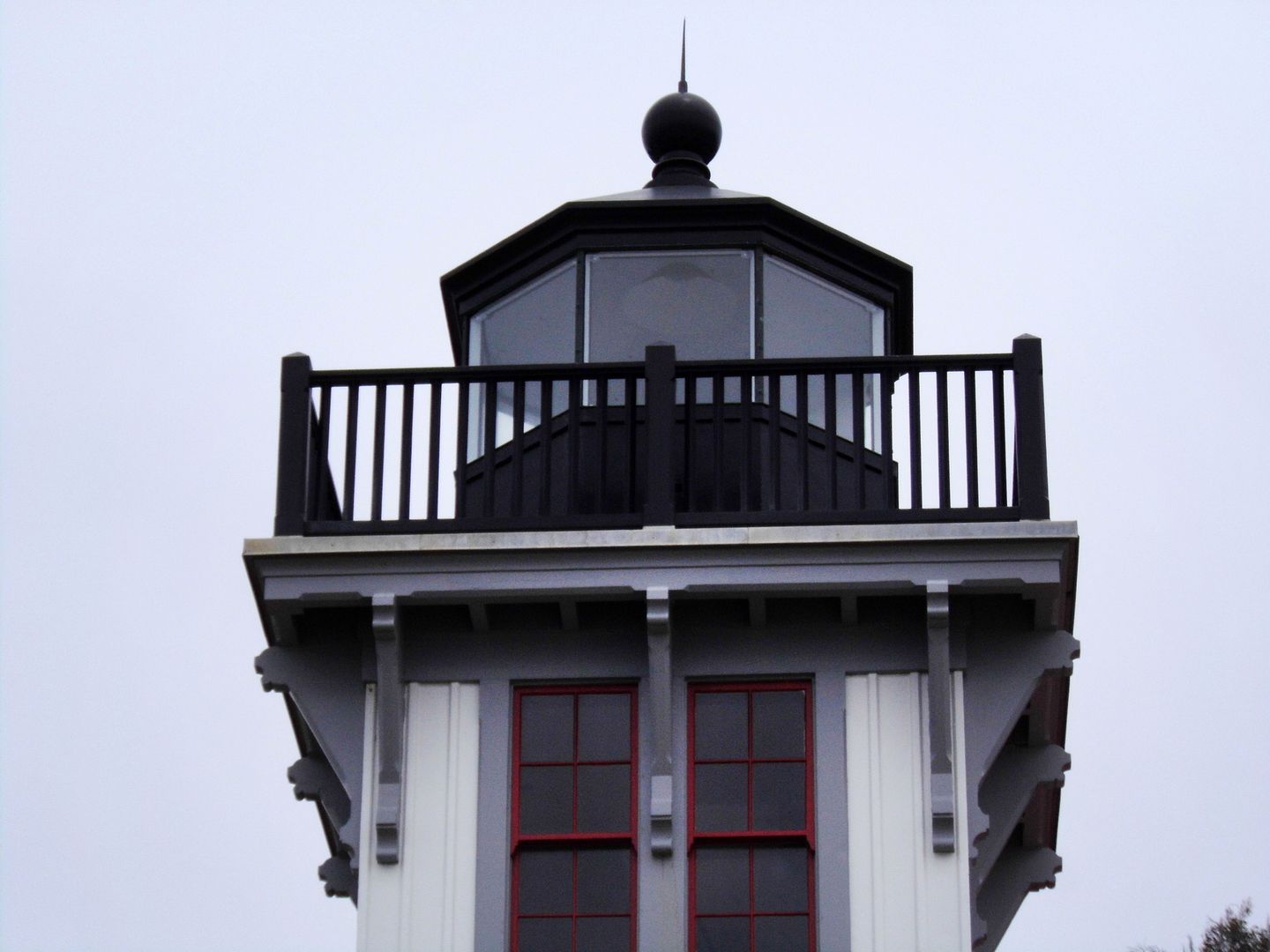
Its Fresnel lens was retired in 1969, replaced by an electric, automated beacon.
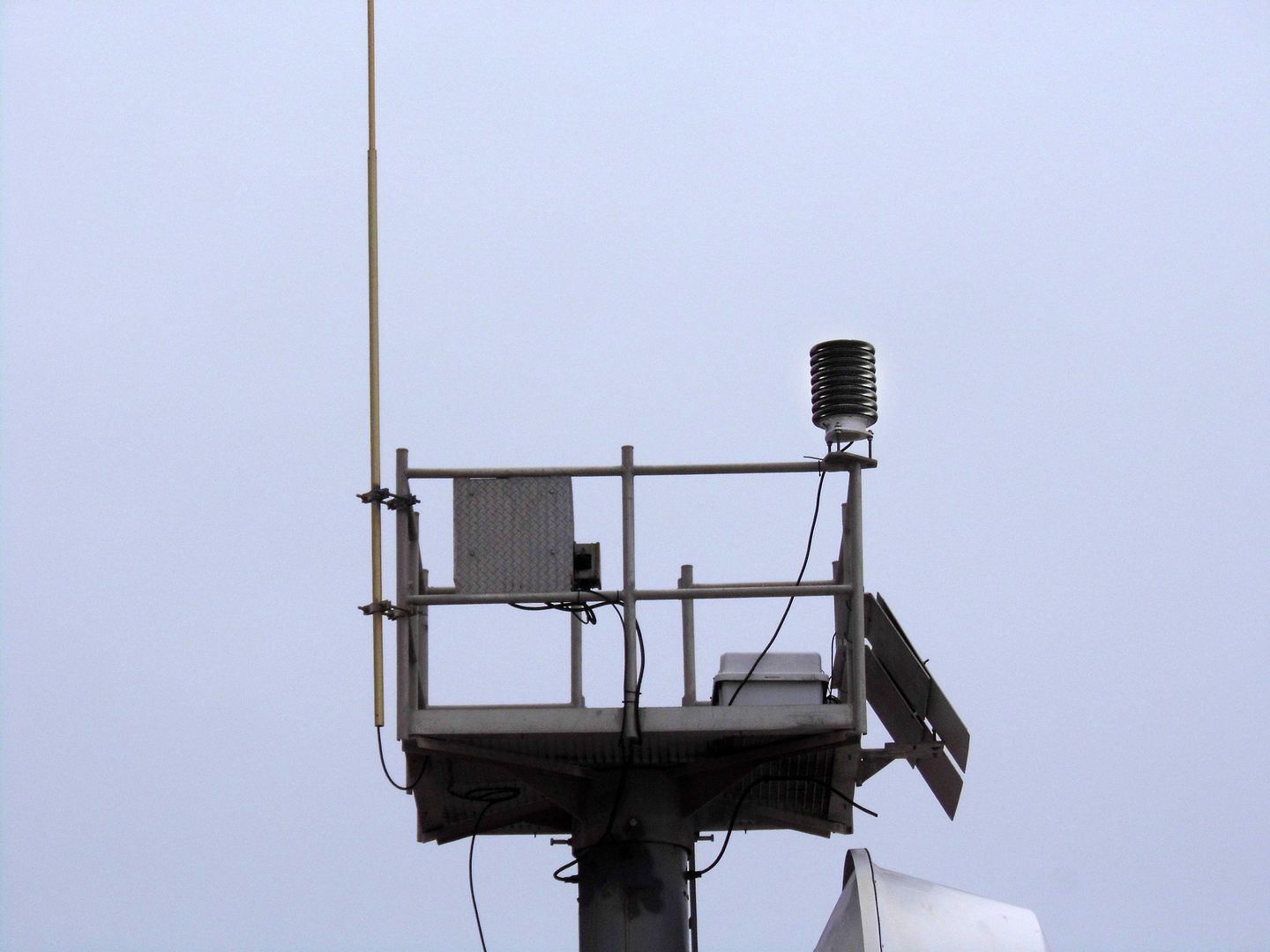
Now, a simple LED lantern is perched atop the old Coal House and pings on and off every four seconds, visible up to 17 nautical miles away.
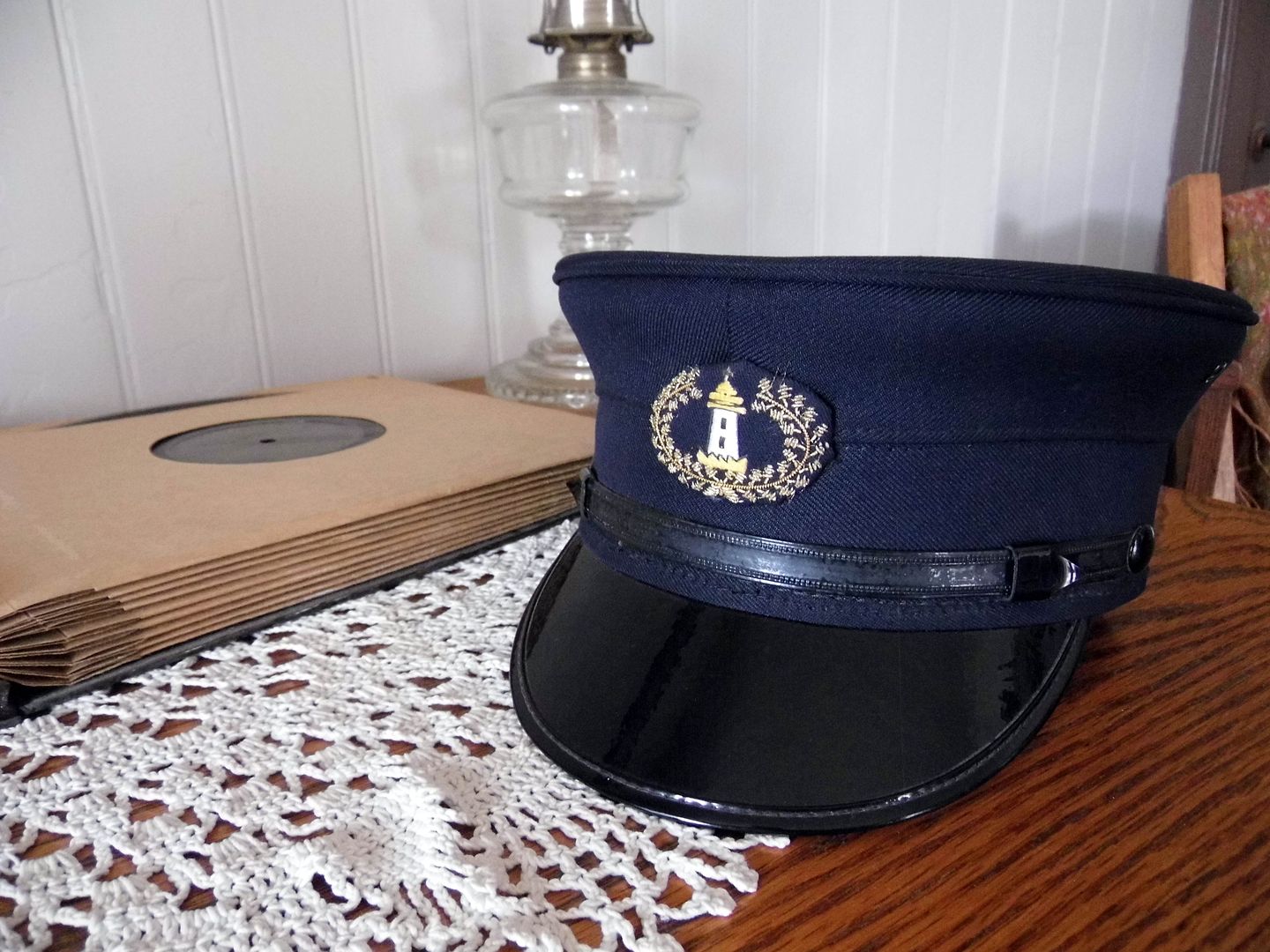
It can get really foggy at the Bay, even during the daytime. Conditions haven't changed much since 1888, when the Queen of the Pacific ship was taking on water and made it to within 500 feet of the pier and sank in 22 feet of water.

By then, officials had already known that San Luis Harbor needed a lighthouse to guide steam ships carrying millions of pounds of such cargo as rocks, livestock, grains, and butter. But they'd been dragging their feet.
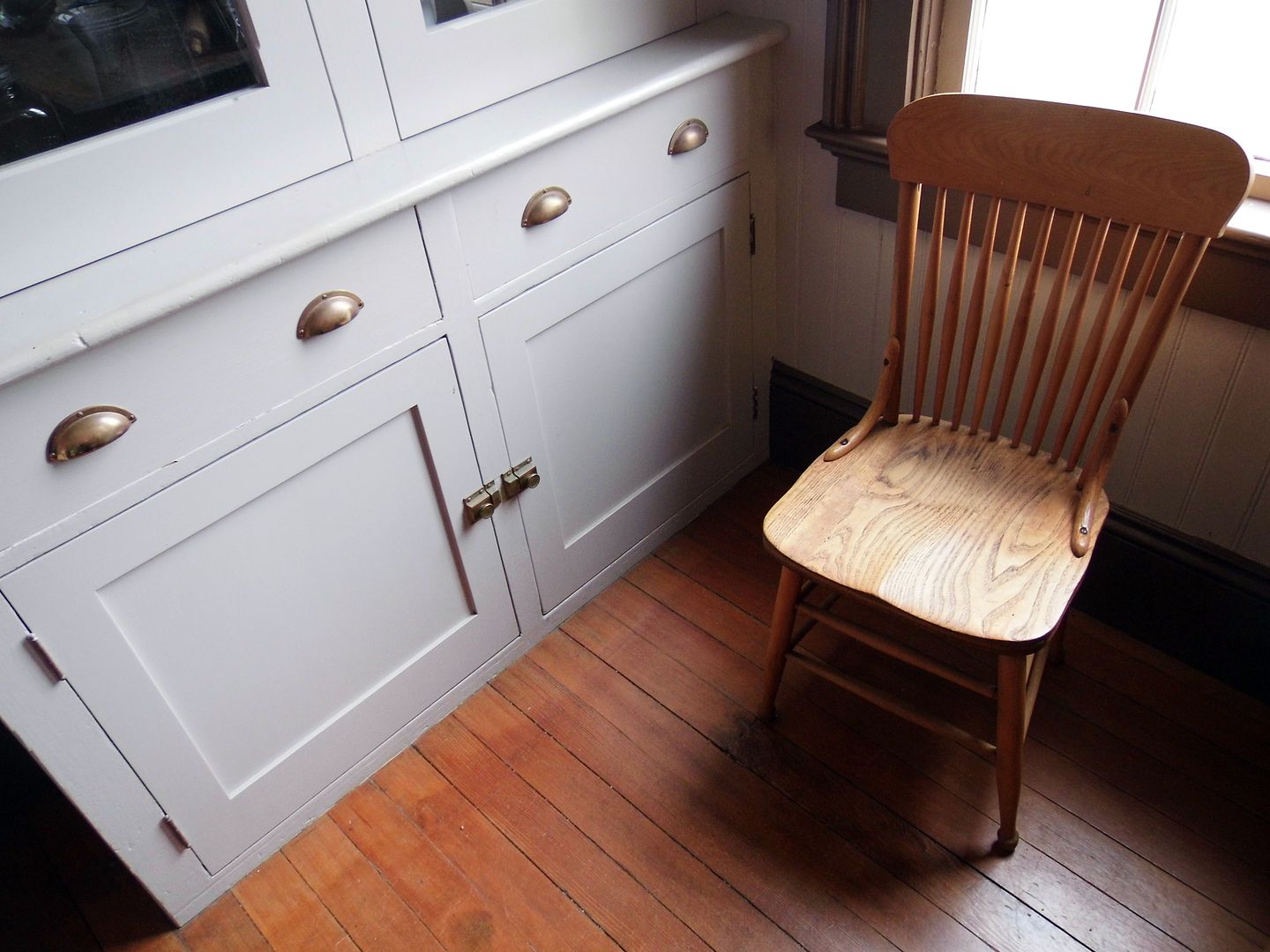
The near-tragedy of the Queen of the Pacific—including the loss of the ship and its cargo, though no lives were lost—brought a sense of urgency that finally made them pull the trigger on the lighthouse construction.
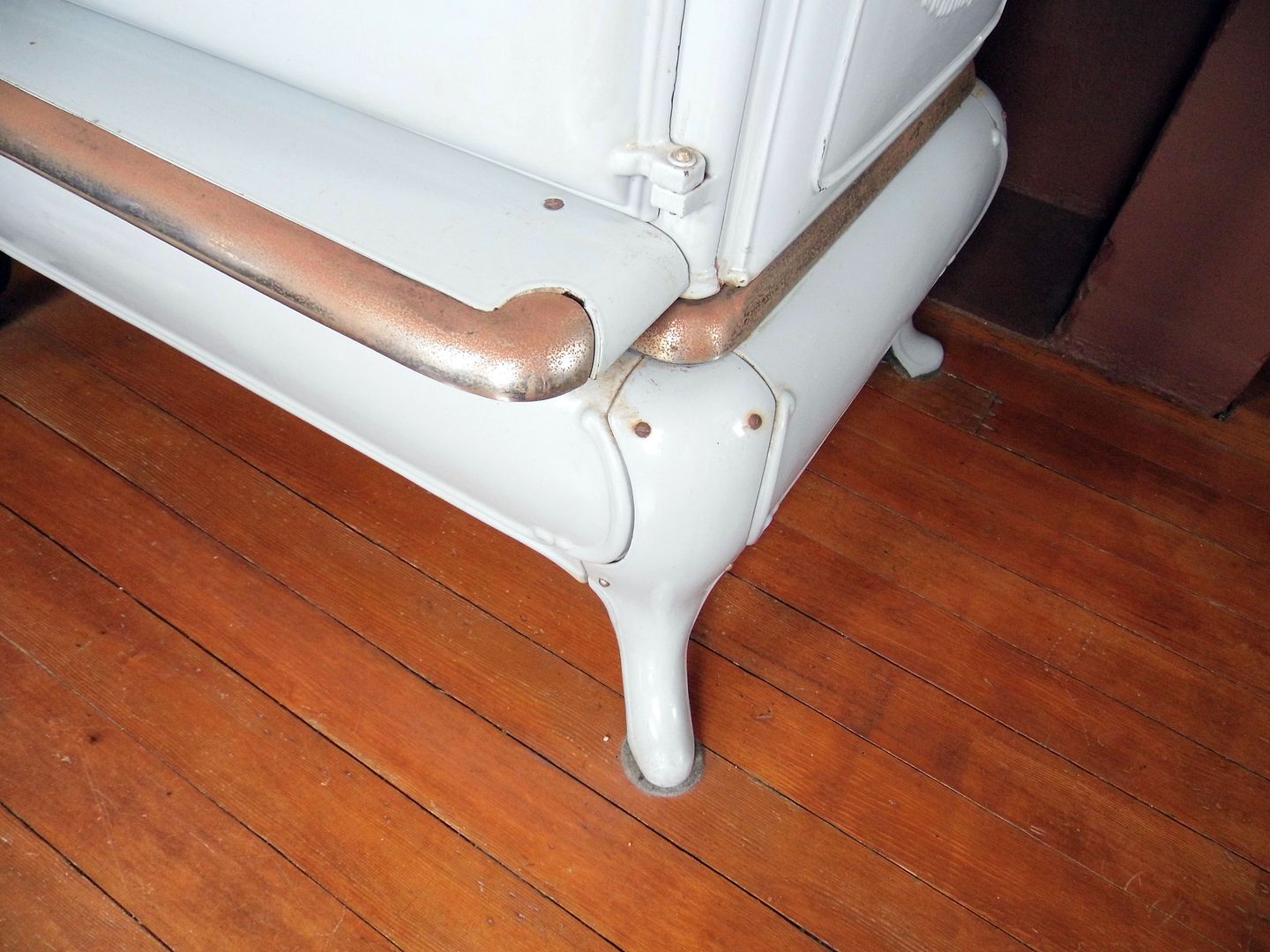
The lighthouse was fully restored to its original splendor—and museum quality—in 1995.

It features rare artifacts from this lighthouse and the U.S. Lighthouse Service, as well as interpretive displays and information on what life was like for a lightkeeper in the late 19th and early 20th centuries.

For instance, their rations included canned corn and tomatoes, oatmeal, beans, split peas, molasses, corned beef, codfish, and mutton.
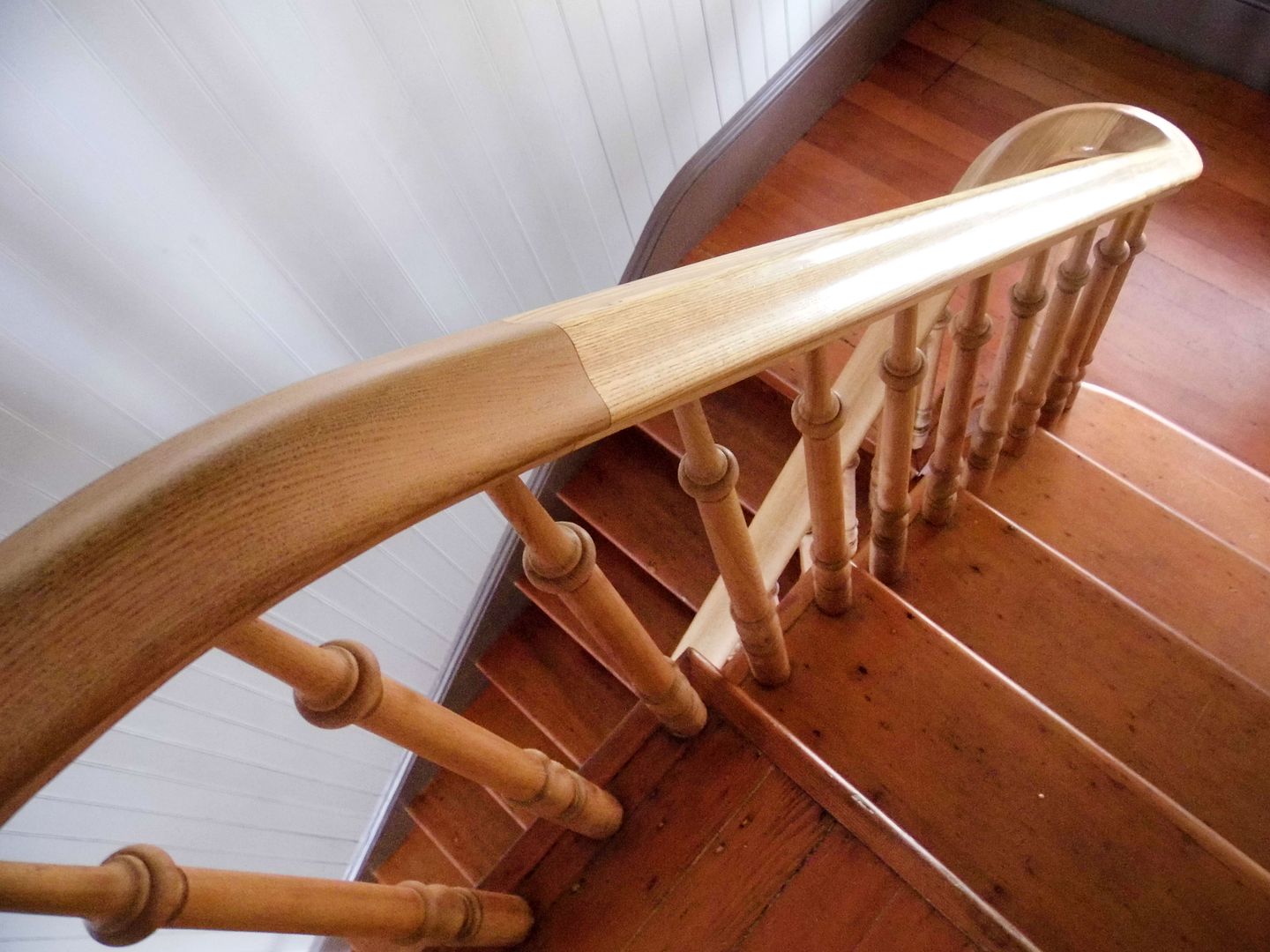
The carved wooden bannister along the staircase leading to the second floor is original...

...and bedrooms (including that of Lucy Brohard, who lived as a girl at the lighthouse in the 1930s, when her mother was married to its keeper at the time, Robert Moorfield).
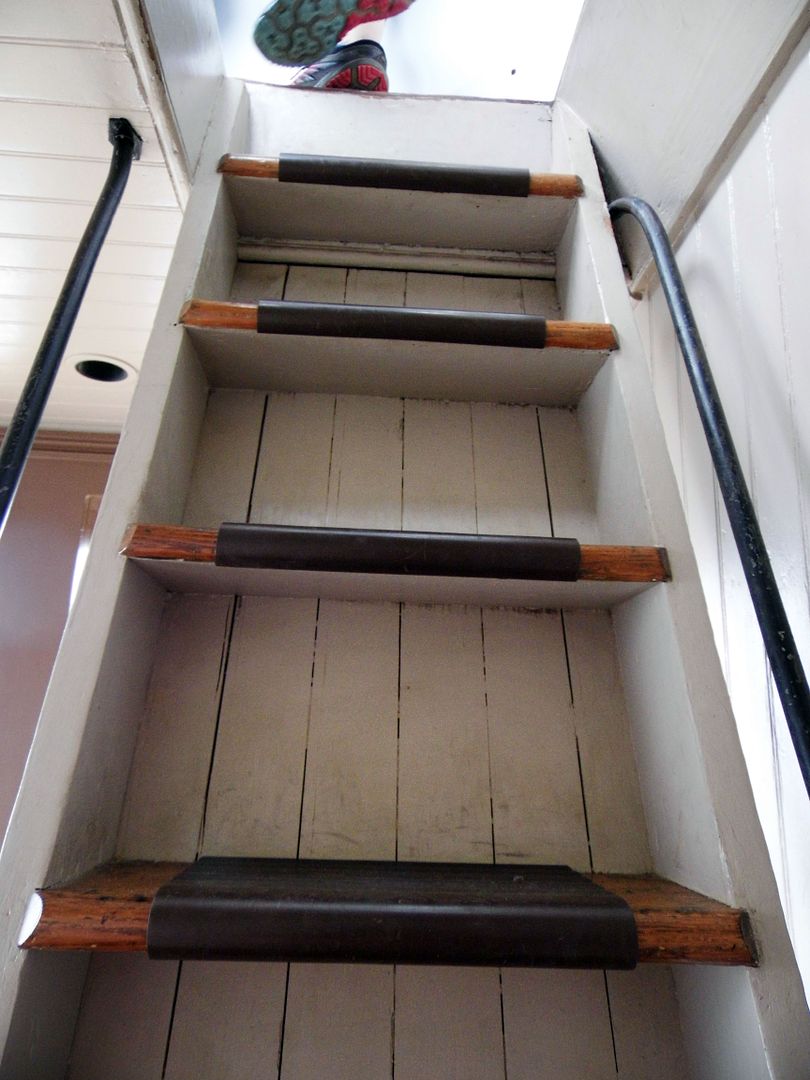
But there's one more level to climb up to...
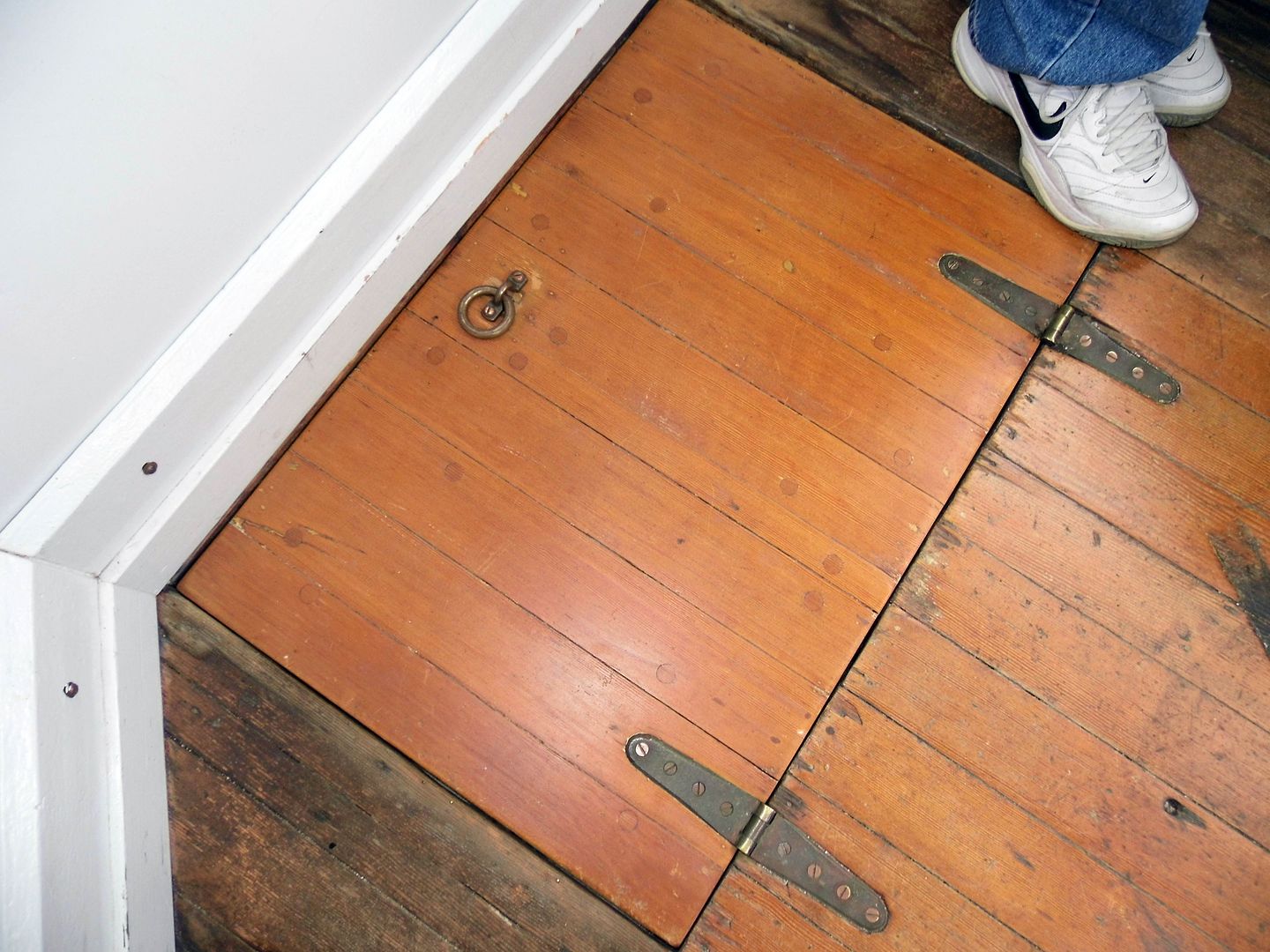
...and that's the old light tower, with its trap-door floor...
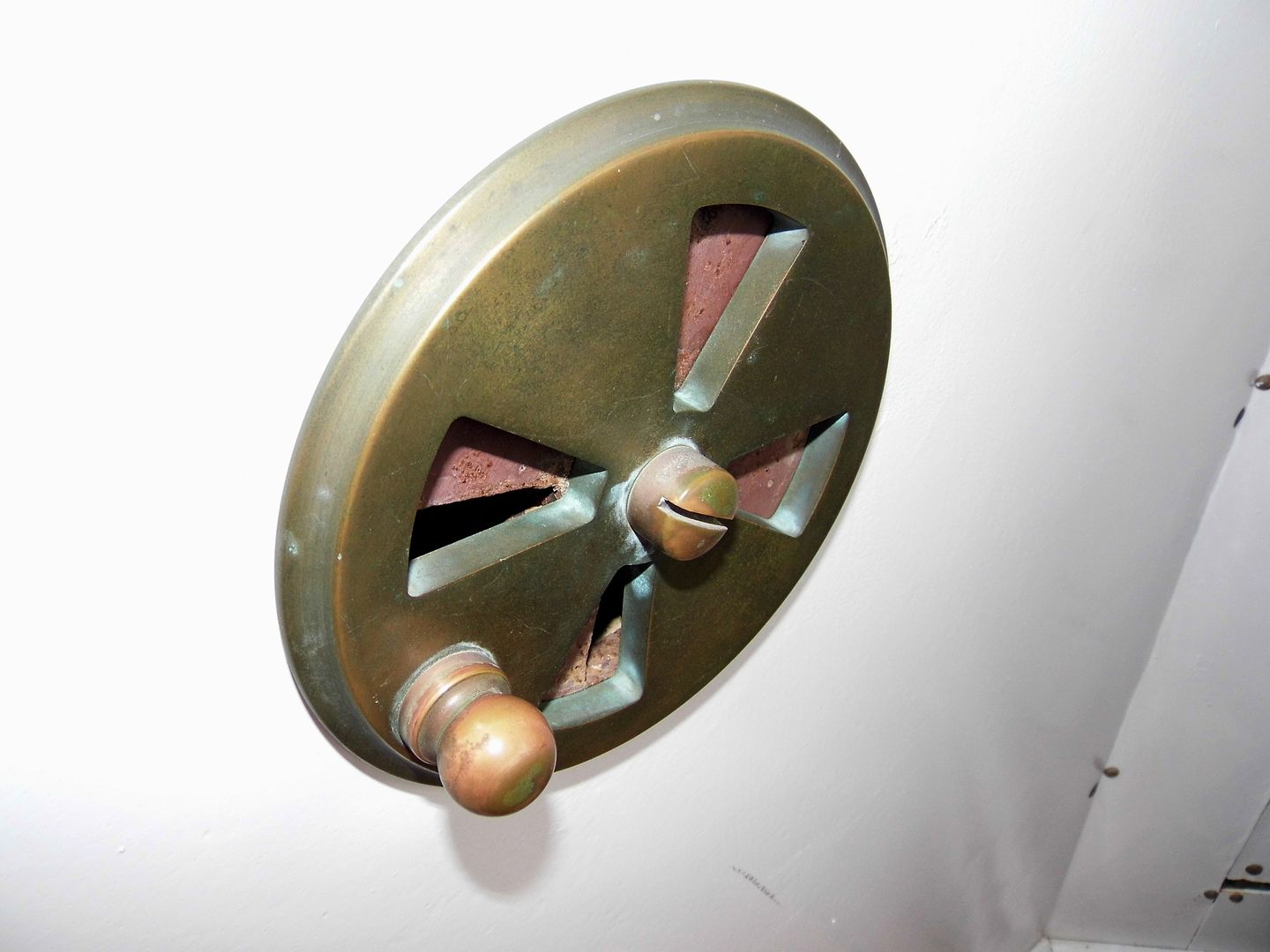
...air vents built into the walls...
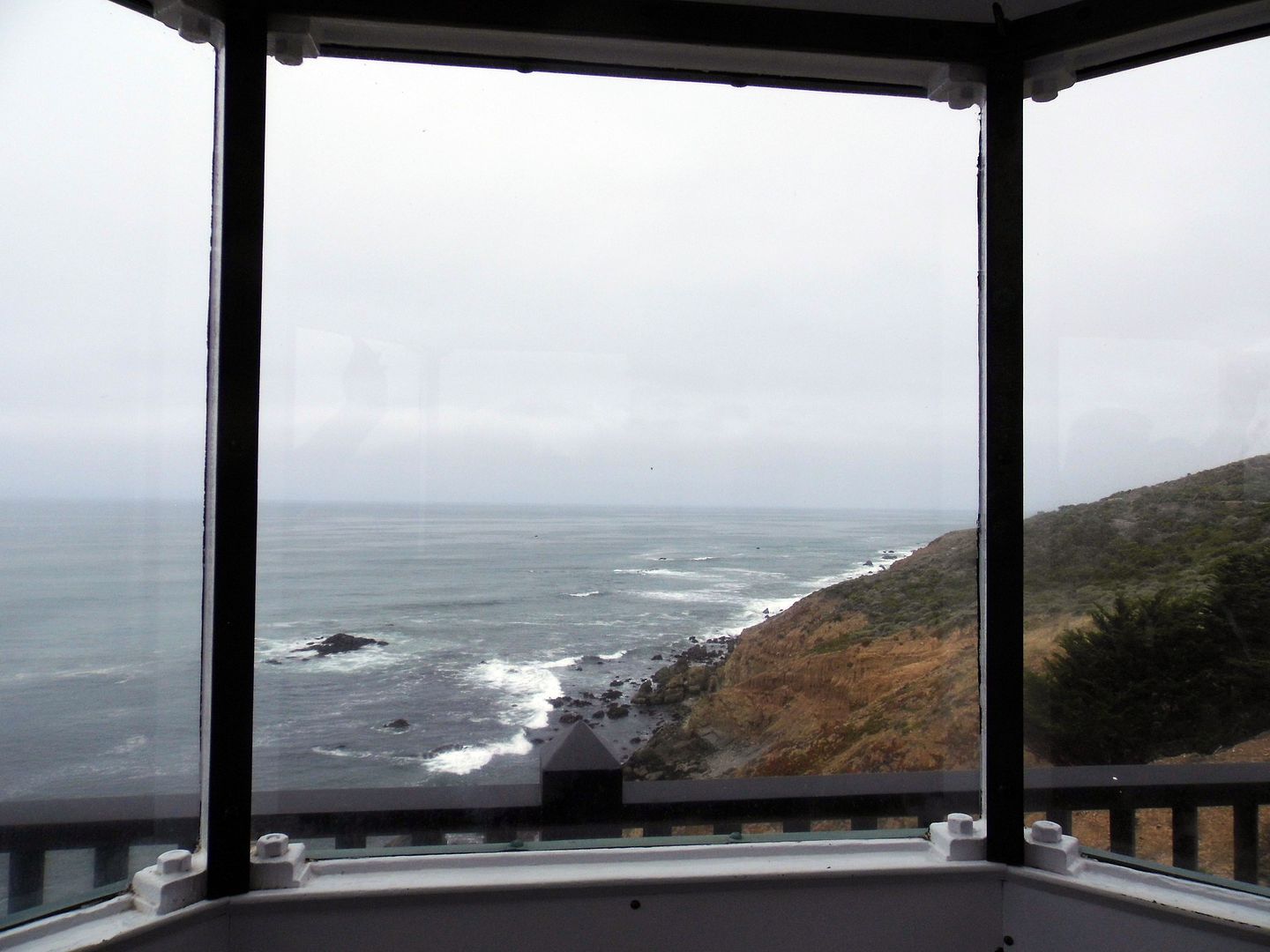
...and breathtaking views as seen through the lamp room's picture windows.

This was the lightkeeper's view, too—with Roman numerals etched into each corner of the eight-sided room so he'd know which direction he was looking in during poor visibility conditions.

Down below, there's still the brick oil house—original to 1890—that stored kerosene lamp oil (and other flammables) behind its iron door, before the light switched to electricity.
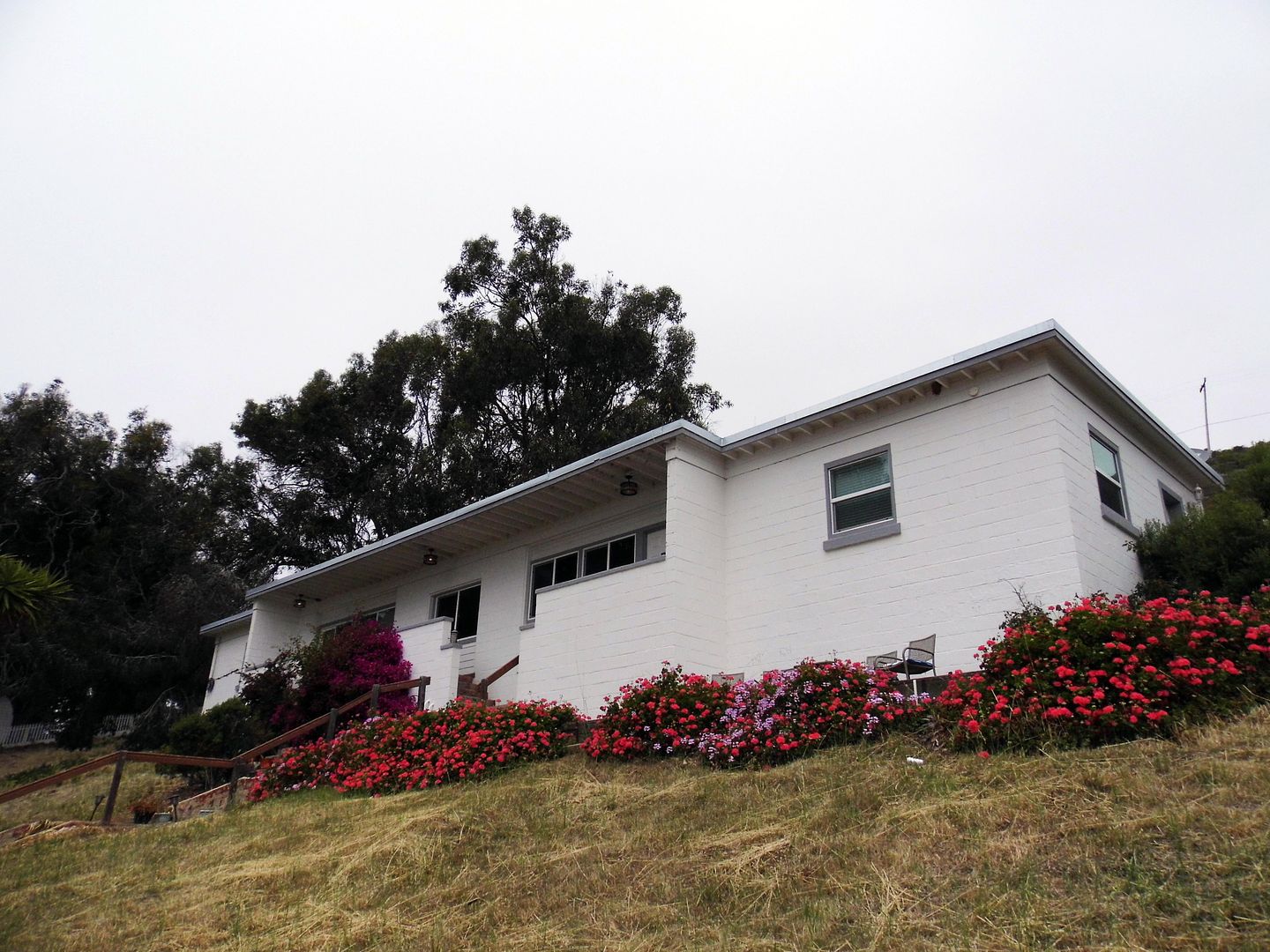
The former Coast Guard living quarters, built in 1961, remain—but the Victorian residence it replaced was razed and literally pushed off the cliff.
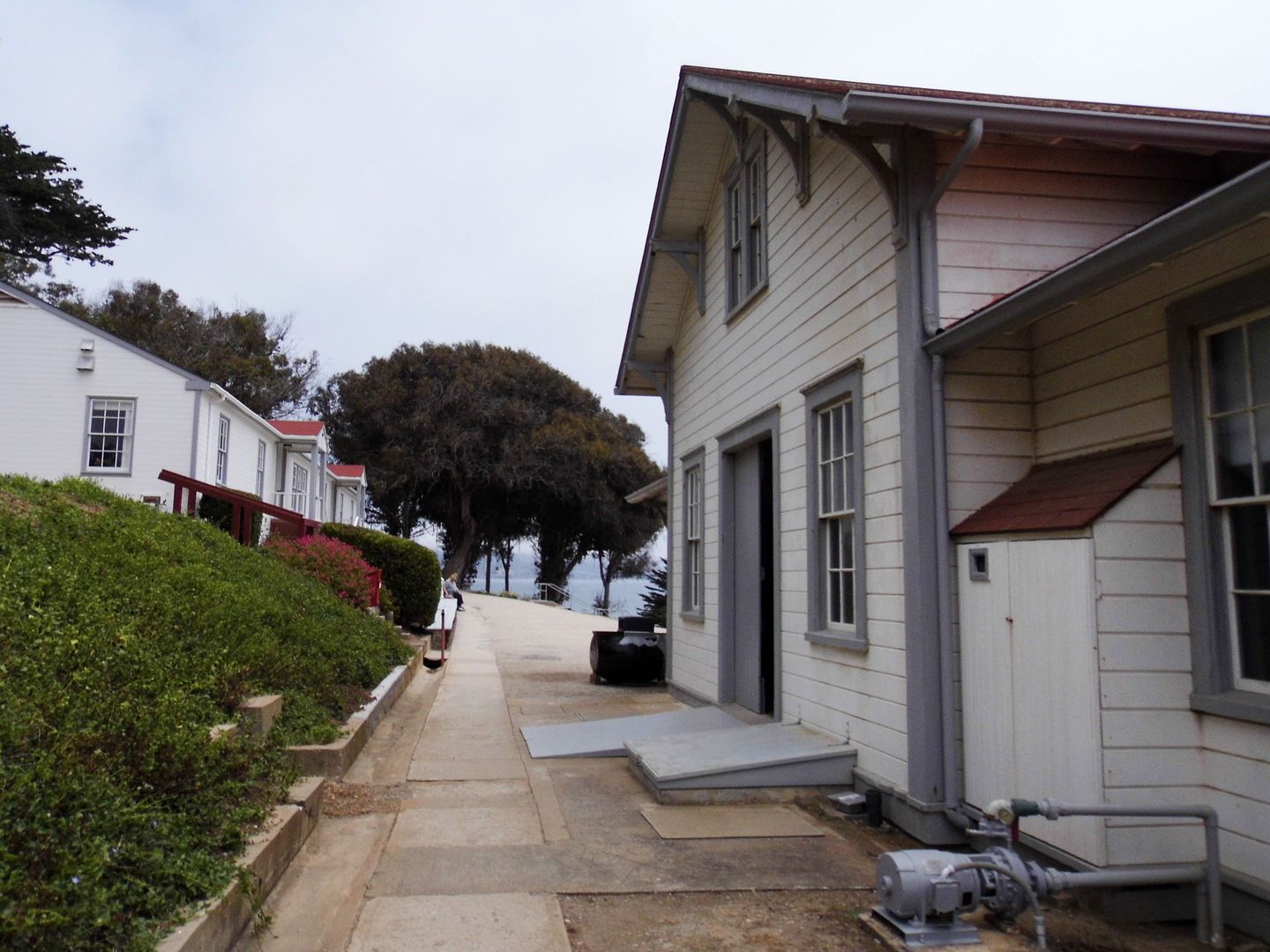
Between the main keeper's house and the Coast Guard residence is the former "Whistle House"...
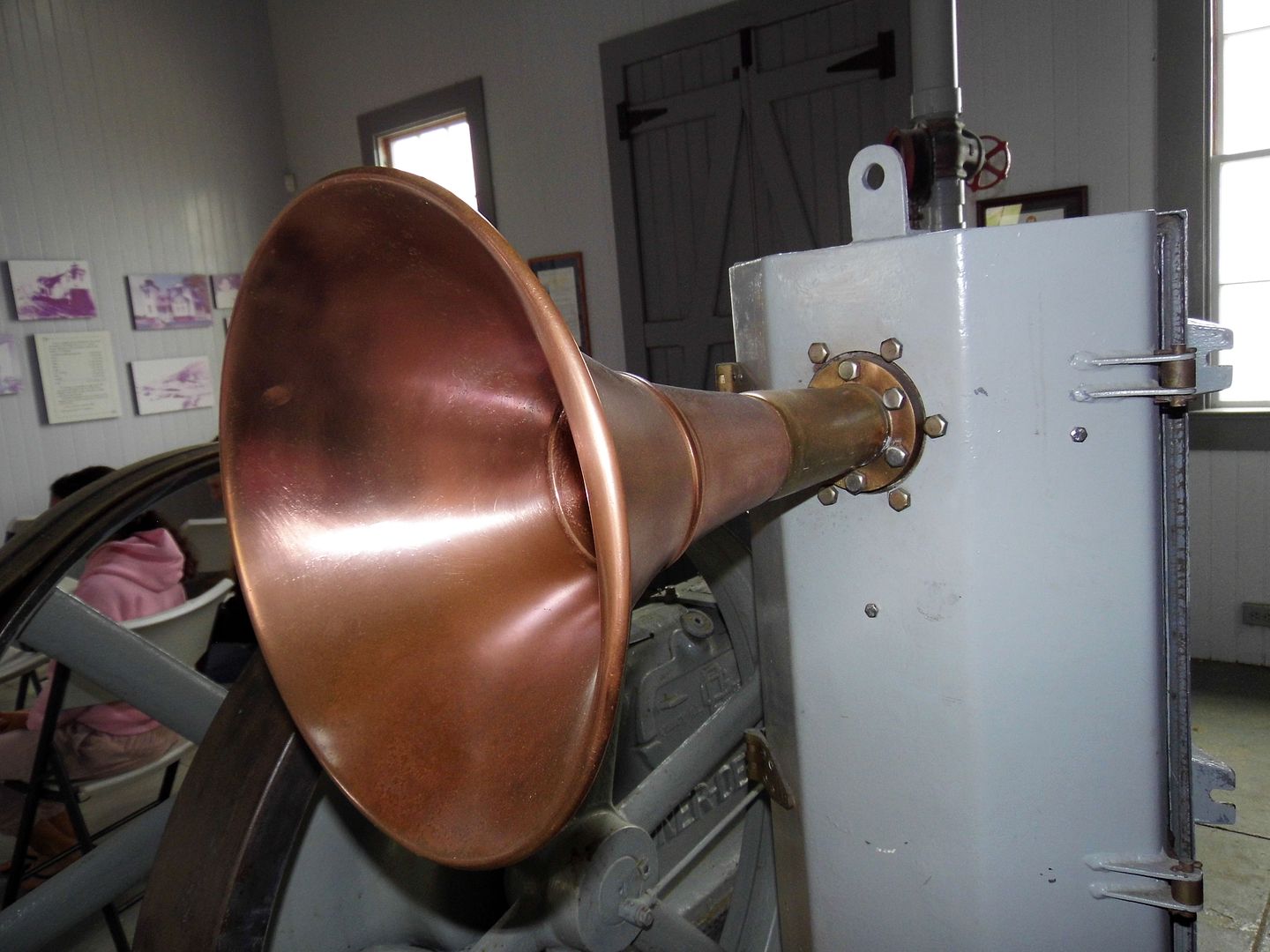
...which became known as the Horn House when the whistle was replaced by a steam-powered fog signal, first operational in 1891.
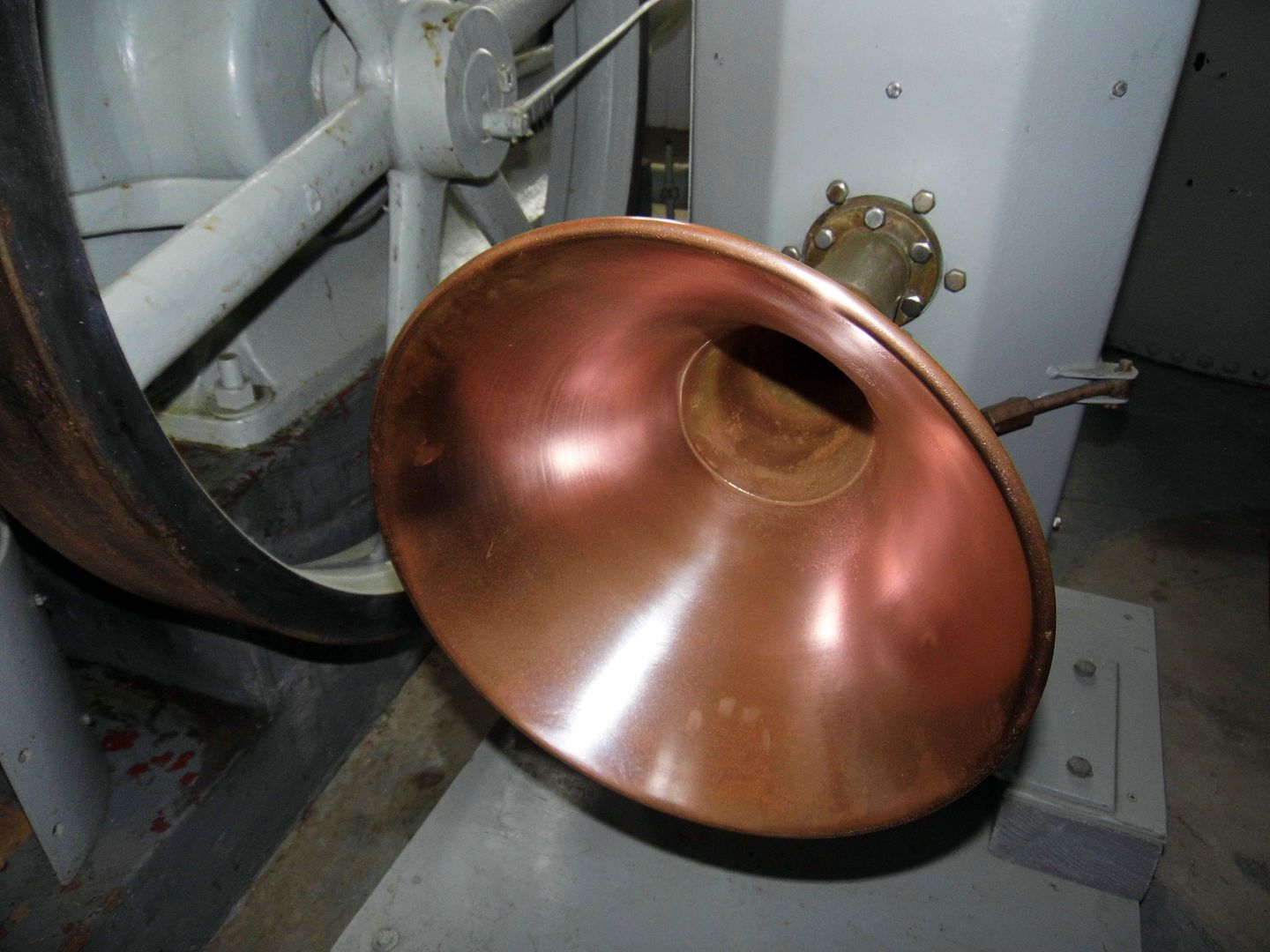
Unfortunately, the original horn was lost—though its refurbished successor circa 1924 is on display.
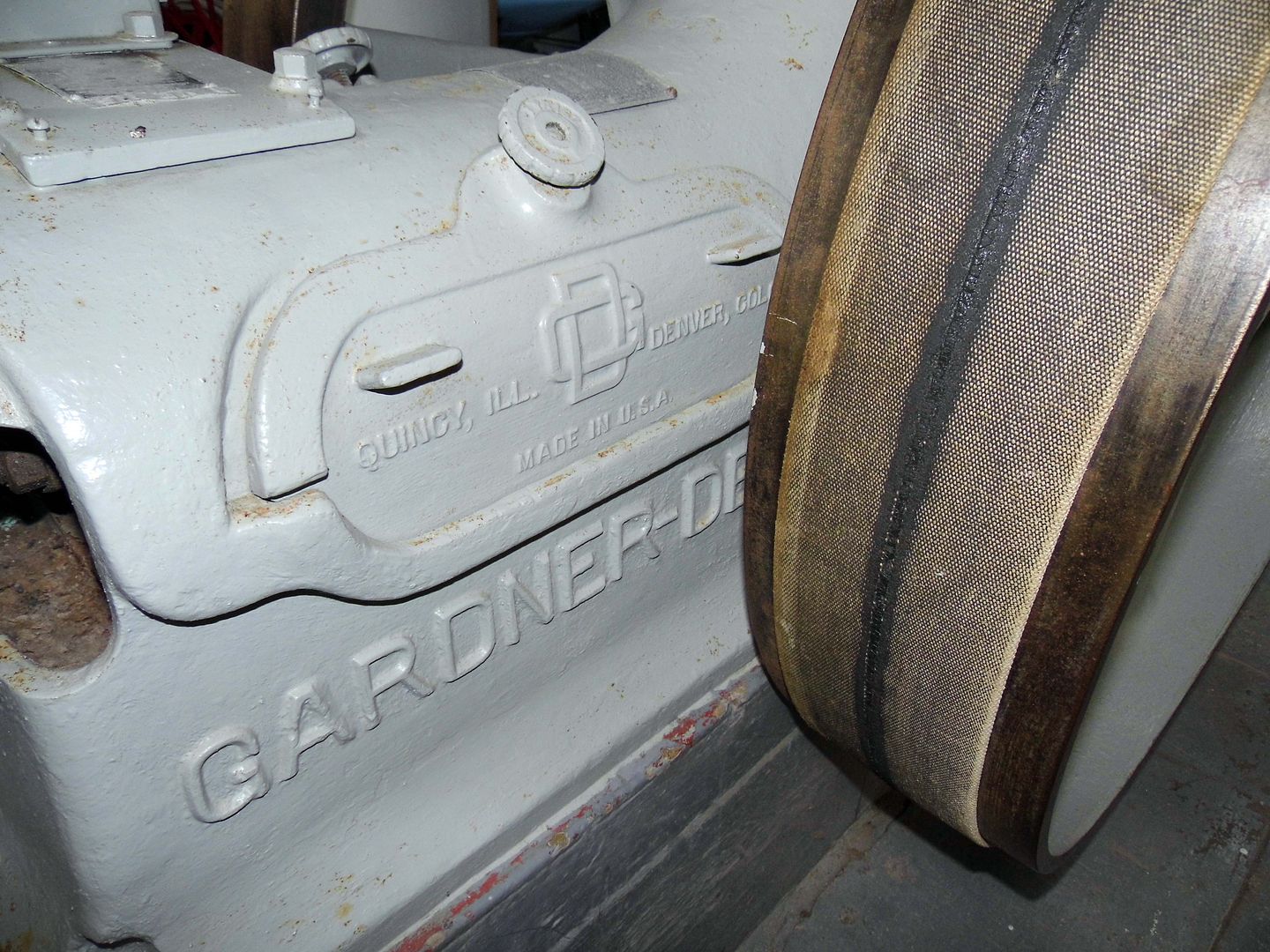
No horns are currently hooked up—which is probably a good thing.
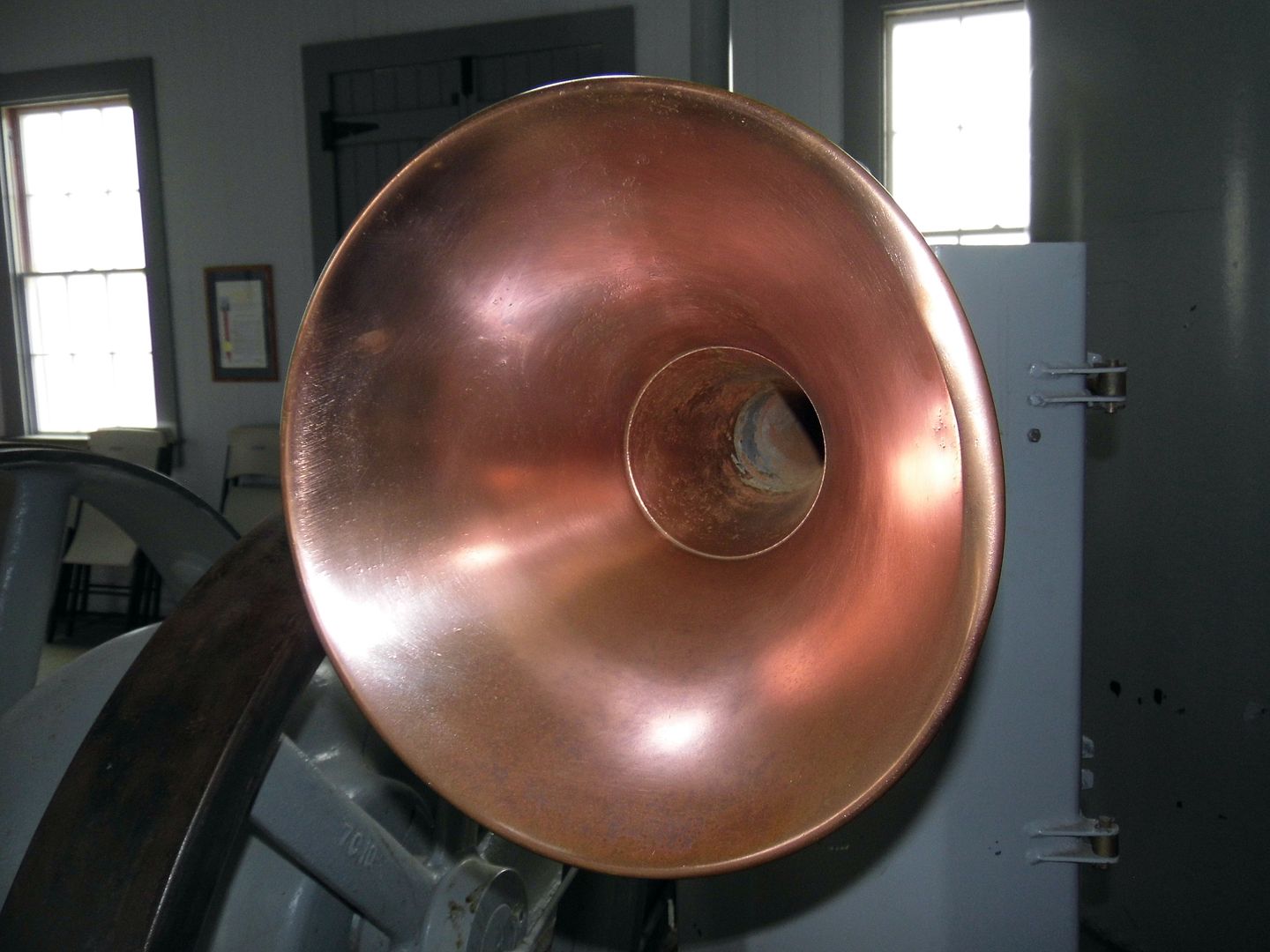
Reportedly, it used to be so loud that it would shake the dishes right off the table...
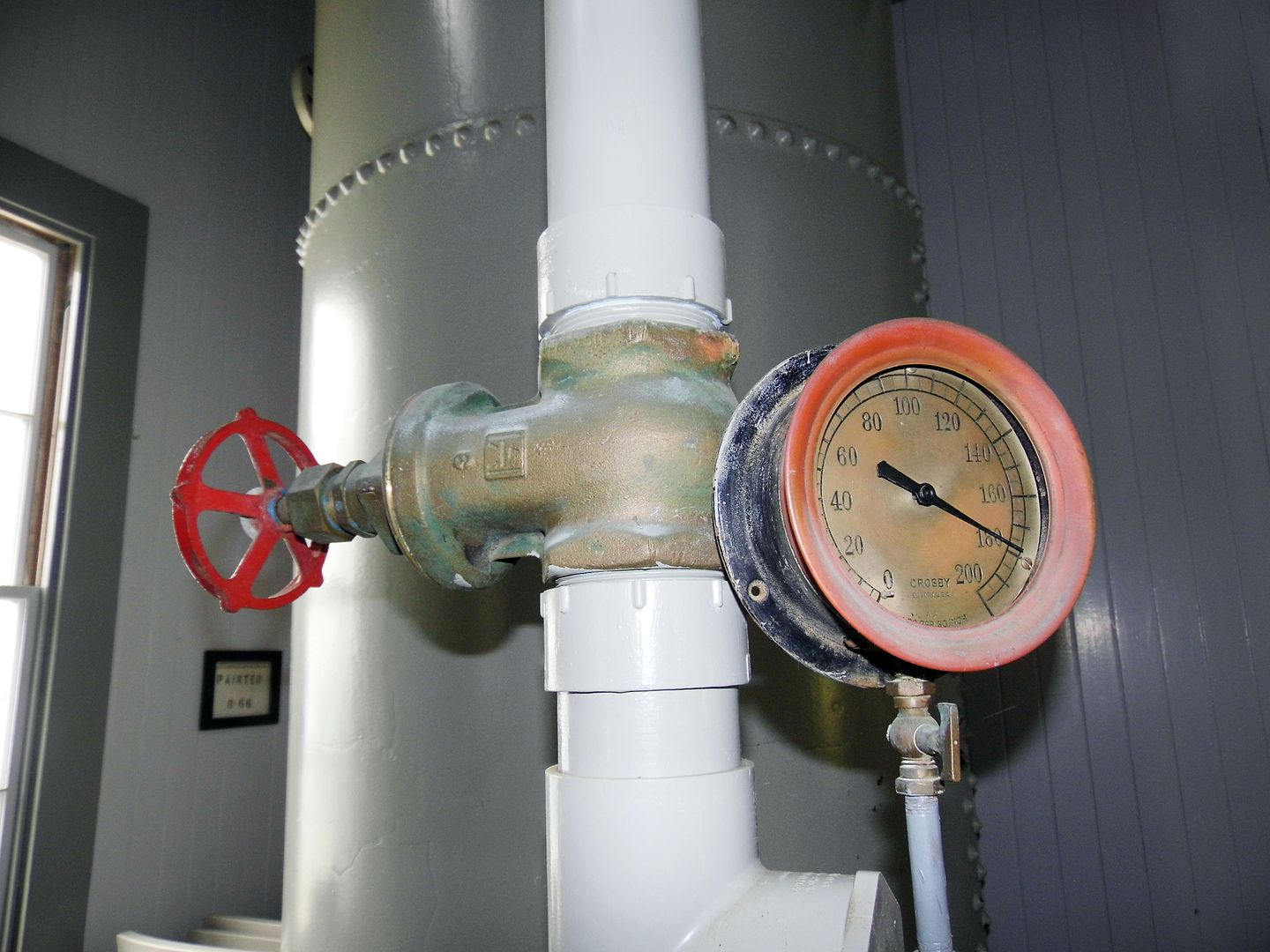
...and create a break in conversations every 30 seconds...
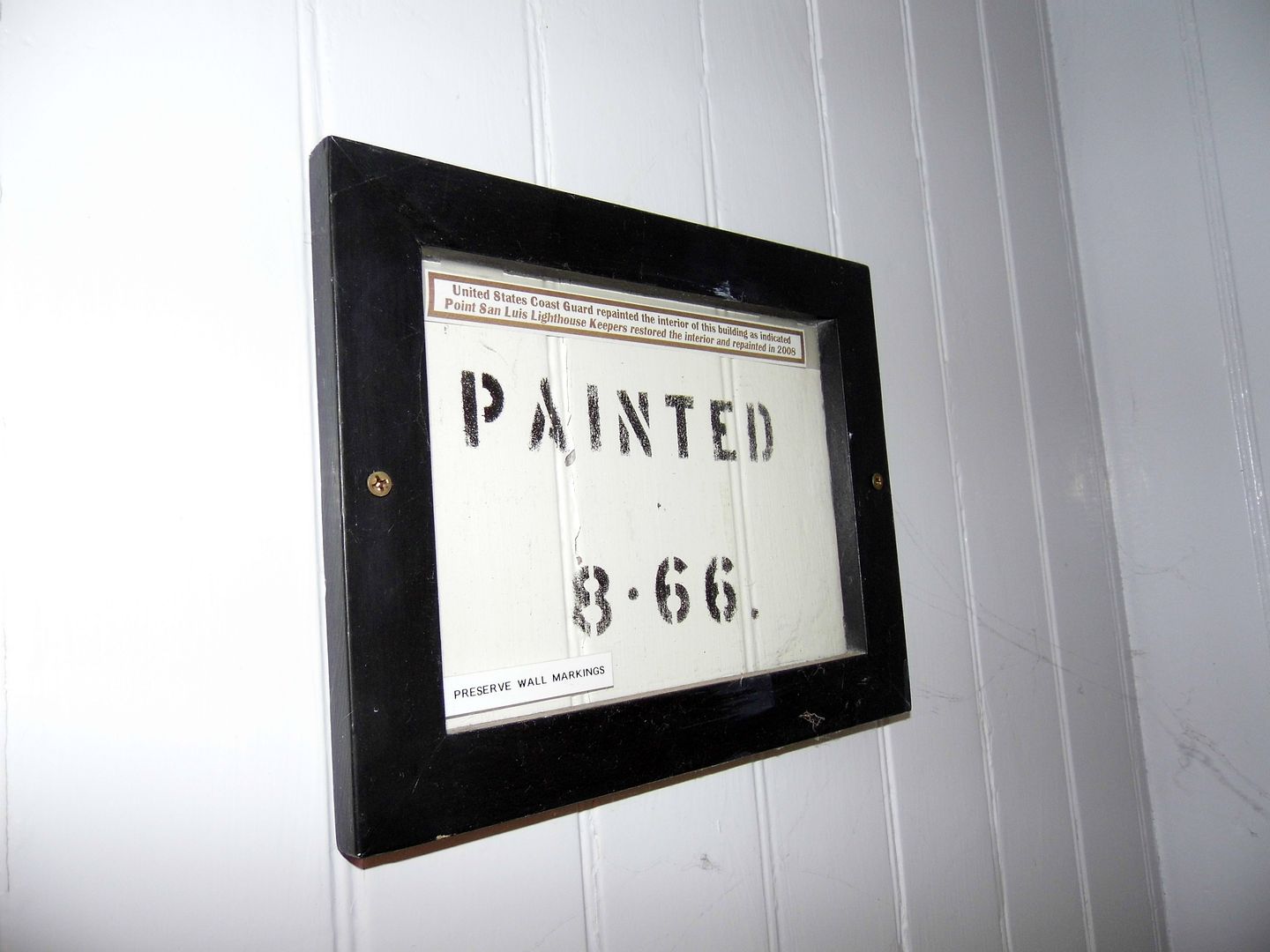
...as far away as in the bars down on the beach.

The Horn House contains the 4th Order Fresnel lens that was removed from the tower's lamp room, where it would alternately flash red and white light every 30 seconds.
Sailors and ships' captains knew the pattern, which differed from lighthouse to lighthouse up and down the coast. So, even if they were hopelessly lost at sea, they could immediately orient themselves by the colors and frequency of the unique light flashes.
Since the decommissioning of the San Onofre nuclear power plant, Diablo Canyon is the last operational one left in California.
And its operation hasn't been without controversy—not just because of anti-nuclear protests in the early 1980s, but also concerns over seismic safety in the aftermath of the Fukushima accident in Japan.
PG+E announced that it would not apply for any renewals or extensions and would begin shutting Diablo Canyon down in 2024. [Ed: It's since been extended through 2030.]
Although it's a victory for some, it does pose the question of what will happen to the sprawling expanse of property in the plant's buffer zone?
The energy company's involvement has kept other development at bay—be it housing or commercial. The land surrounding the Point San Luis Lighthouse is pretty pristine (until you get to the reactors themselves, of course).
As much as 12,000 acres could be conserved. But it's hard to say if they will be.
I'm glad I got to see Point San Luis when I did.
Related Posts:
Photo Essay: Point Fermin, Keeping Watch Over the San Pedro Bay
Photo Essay: Low Visibility Hiking at Bishop's Peak

Cool! Isn't it cute what we on the West Coast consider to be "old"? Like, "ooh, 1890!!!" ;)
ReplyDelete